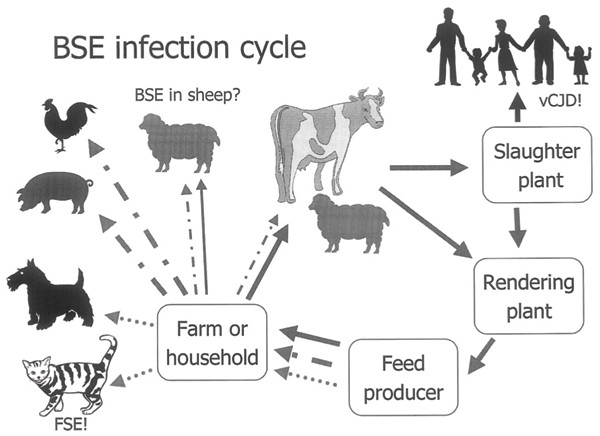Translation in eukaryotes
Translation in eukaryotes
Translation process in eukaryotes
also includes 3 steps which is almost similar to prokaryotic translation. The
steps are: Initiation, Elongation and termination. The major difference in eukaryotic
translation are
1.
The initiator methionine is unmodified although
a special initiator tRNA brings it to the ribosome.
2.
Shine Dalgarno sequences are not found in eukaryotic
mRNA .In eukaryotes, AUG is embedded in Kozak sequence.
Inorder to bind AUG initiation codon,
1. Eukaryotic initiator factor eIF-4F-(a multimer of eIF-4E,Cap binding
protein(CBP))binds to 5’ end of mRNA.
2. Scanning process of initiator AUG codon, by a complex of 40S
ribosomal subunit with initiator Met-tRNA and several proteins along with GTP and
other eIF along the mRNA. This process
is called the scanning model for initiation.
3.Once,40S subunit binds to AUG ,60S
subunit binds to it and releases all other
eIF except, eIF-4F producing
80S initiation complex with Met-tRNA bound to mRNA in the P site of the
ribosome.
4. poly(A) tail binding protein {PABP}bound to the poly(A)
tail also bind to eIF-4G,one of the protein of eIF -4F at the cap and forms
looping the 3’end of the mRNA.
In eukaryotes, the elongation
step is almost similar that in prokaryotes. The main difference in number and
properties of elongation factors and in
exact sequence of events.
1. In
eukaryotes, a single release factor (eukaryotic release factor one ) eRF1
recognizes all the three stop codons. eRF3 stimulates the termination events.
2. Termination
events are as follows:
3. Release
of polypeptide from tRNA in the P site of the ribosome by peptidyl transferase.
Release
of tRNA from ribosome
Dissociation
of two ribosomal subunits and release RF
from the mRNA
Initiating
amino acid Met is cleaved from the complete polypeptide


Comments
Post a Comment